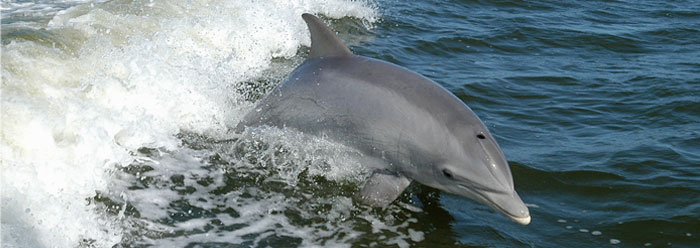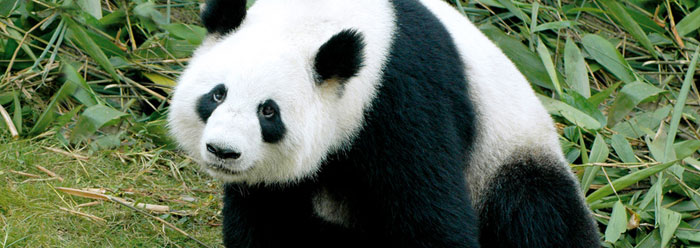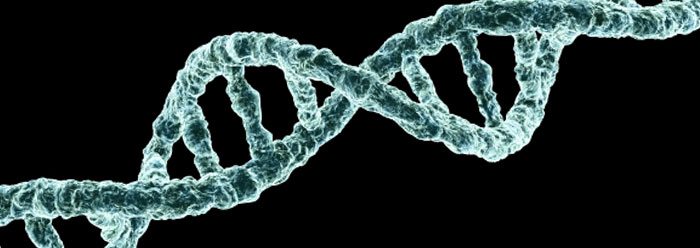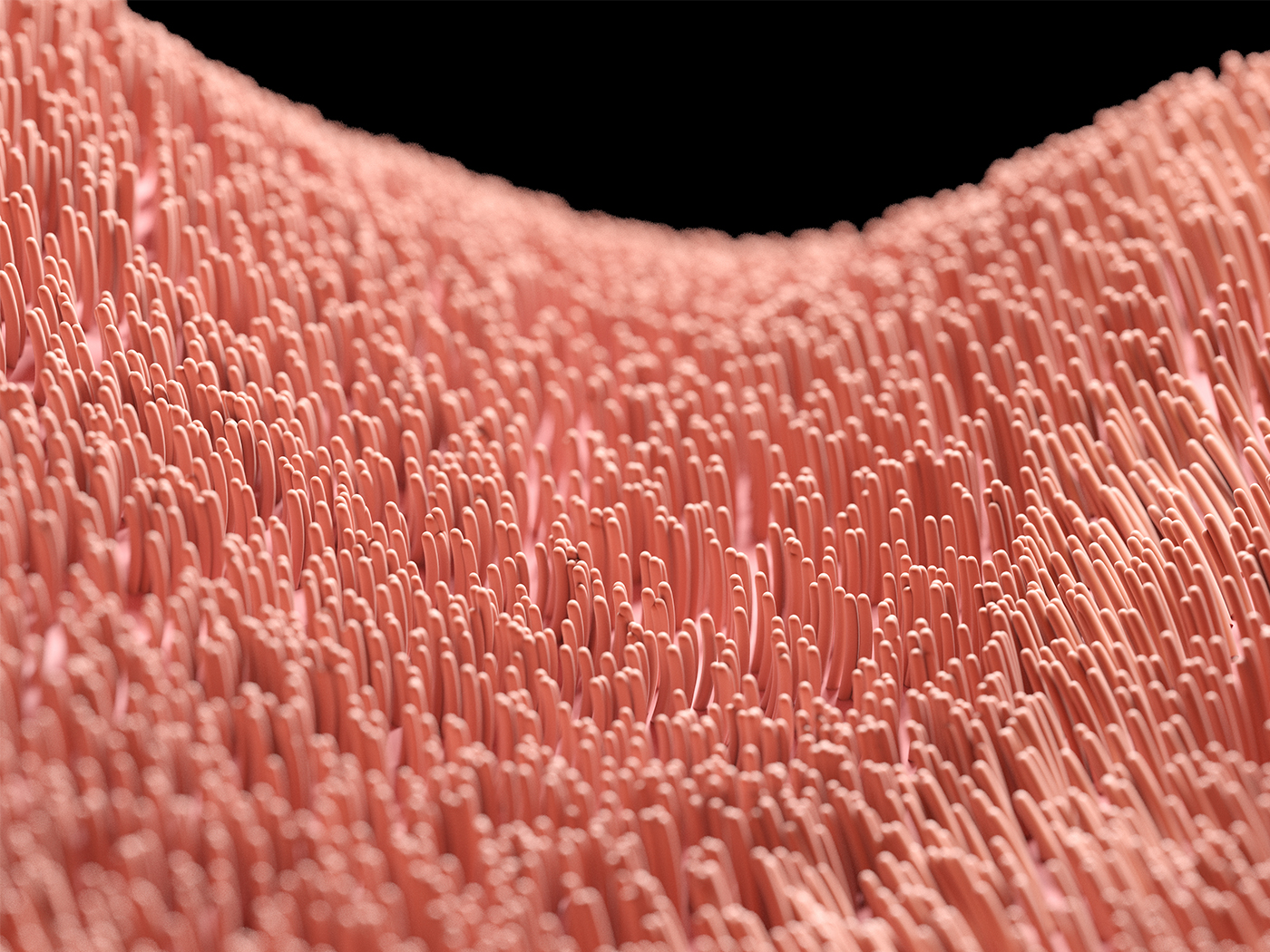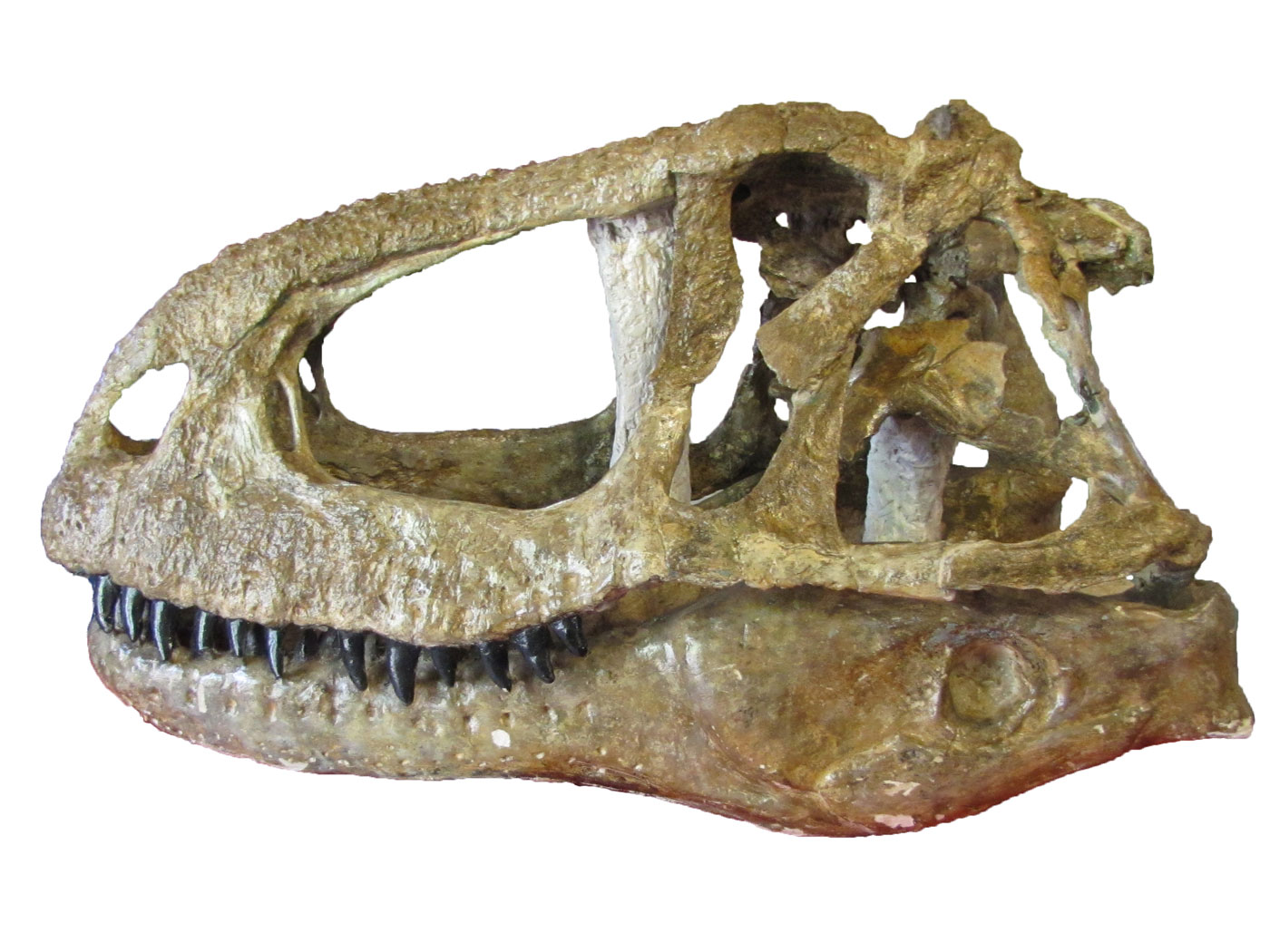Cancer affects many humans and their loved ones, and a new report has found that certain animals are also suffering from higher cancer rates. Sadly, this is what is to be expected in a dying and decaying world.
The technical results of the study are slated to appear in the July edition of Nature Reviews Cancer. Lead author Denise McAloose, Chief Pathologist for the Wildlife Conservation Society’s Global Health program, said in a WCS press release that “we now understand that cancer can kill wild animals at similar rates [to humans].”1
The WCS study identified California sea lions, dolphins, porpoises, and green sea turtles as creatures with cancer rates that were higher than expected. Most of the described cancers likely have a viral source, but it is possible that human-caused pollution—including loose, carcinogenic chemical waste—could exacerbate the maladies.
Cancers are caused when an error occurs in the genetic machinery that regulates a cell’s growth. Since mutations relentlessly add up during an individual’s lifetime, it is only a matter of time before one of those mutations disrupts a cell’s growth regulation. This could lead to a tumor, which could lead to cancer.
Genesis indicates that human sin resulted in a universal curse, whereby man, animals, and the entire creation “groaneth and travaileth together.”2 This accurately reflects today’s world, in which cancer is an increasing calamity. Some endangered animals are even facing extinction due to cancer.3
In the bigger picture, fossils show clearly that nature has “deselected” the vast majority of life forms in the past through widespread catastrophes. And now nature continues to “deselect” more through disease. There is therefore no scientific basis for the Darwinian philosophy that living forms find a way to adapt and improve, ever-increasing their repertoires of functional biological mechanisms.
Rather, extinctions are the rule. In almost every animal and plant phylum, there has been a decline in variety, with most varieties having been catastrophically buried and fossilized. The grim reality is that over the long haul, if a created kind can avoid natural disasters, it will eventually succumb to cancer from mutations.
Scientific observation upholds the Bible’s depiction of a world that was created to be very good, but that is now suffering from the increasing effects of decay and corruption. That is not the end of the story, however. For those who have been redeemed through Christ, death will not have the final word.4
References
- WCS Says Wildlife Faces Cancer Threat. Wildlife Conservation Society press release, June 24, 2009, reporting research published in McAloose, D. and A. L. Newton. 2009. Wildlife cancer: a conservation perspective. Nature Reviews Cancer. 9 (7): 517-526.
- Genesis 3:15-17; Romans 8:22.
- Sherwin, F. Tasmanian Devils: Extinction, not Macroevolution. ICR News. Posted on icr.org July 22, 2008, accessed June 26, 2009.
- Revelation 21:4.
Image Credit: NASA
* Mr. Thomas is Science Writer at the Institute for Creation Research.
Article posted on July 21, 2009.




